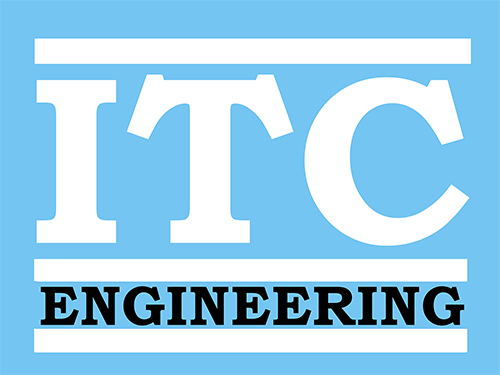Guide to Accelerated and Real-Time Aging Services Shelf-life Validation of Sterile Barrier Systems
Sterile barrier systems (SBS) are essential for maintaining the sterility of medical devices from the point of sterilization until the point of use. Ensuring their effectiveness over the intended shelf-life is critical. Shelf-life validation involves both accelerated and real-time aging studies to predict and confirm the performance of the SBS.
- Sterile Barrier System (SBS): A packaging system that maintains the sterility of its contents.
- Shelf-life: The time period during which the SBS maintains its integrity and functionality.
- Accelerated Aging: A testing method that uses elevated temperature to simulate the effects of time on materials to predict shelf-life in a shorter period.
- Real-Time Aging: A testing method that involves storing the SBS under normal conditions for the intended shelf-life period.
Regulatory Guidelines
- ISO 11607-1 & 2: These international standards provide the requirements for packaging materials and systems for terminally sterilized medical devices.
- ASTM F1980: This standard guide for accelerated aging of sterile barrier systems provides protocols for designing and conducting accelerated aging studies.
Steps for Shelf-life Validation
1. Planning
Objective: Define the scope, identify the SBS to be tested, and develop a validation plan.
- Identify SBS: Determine the specific materials and configurations to be tested.
- Define Shelf-life: Specify the intended shelf-life based on product requirements and regulatory guidelines.
2. Accelerated Aging Study
Objective: Predict the shelf-life of the SBS using accelerated conditions.
- Determine Aging Factor (Q10): Commonly, a Q10 value of 2 is used, implying that a 10°C increase in temperature doubles the rate of aging.
- Select Test Conditions: Based on the Q10 value, choose the appropriate elevated temperature (e.g., 55°C, 60°C) and duration. For example, to simulate 5 years of aging:
\( \text{Accelerated Aging Time} = \frac{\text{Real-Time Aging Time}}{\text{Aging Factor}} = \frac{5 \text{ years}}{2} = 2.5 \text{ years} \)
- Perform Accelerated Aging: Store the SBS at the chosen elevated temperature for the calculated duration.
3. Real-Time Aging Study
Objective: Confirm the predicted shelf-life under actual storage conditions.
- Store Samples: Place SBS samples under normal storage conditions for the entire intended shelf-life period.
- Periodic Testing: Conduct testing at regular intervals (e.g., annually) to monitor the integrity and functionality of the SBS.
4. Testing
Objective: Assess the performance of SBS after aging.
- Visual Inspection: Check for any visible defects or deterioration.
- Seal Strength Testing (ASTM F88): Measure the strength of seals to ensure they maintain integrity.
- Microbial Barrier Testing (ASTM F1608): Verify the SBS’s ability to prevent microbial penetration.
- Physical Property Testing: Assess changes in material properties, such as tensile strength (ASTM D882), burst strength (ASTM F1140), and flexibility (ASTM D903).
Data Analysis and Reporting
- Compare Results: Evaluate the data from both accelerated and real-time aging studies.
- Determine Shelf-life: Confirm that the SBS maintains its integrity and functionality throughout the intended shelf-life.
- Documentation: Prepare a comprehensive report detailing the study design, methods, results, and conclusions.
Shelf-life validation of sterile barrier systems through accelerated and real-time aging studies is crucial for ensuring the safety and efficacy of medical devices. Adhering to regulatory guidelines and employing robust testing methods will provide confidence in the long-term performance of SBS
References
- ISO 11607-1:2019, Packaging for terminally sterilized medical devices – Part 1: Requirements for materials, sterile barrier systems, and packaging systems.
- ISO 11607-2:2019, Packaging for terminally sterilized medical devices – Part 2: Validation requirements for forming, sealing, and assembly processes.
- ASTM F1980-21, Standard Guide for Accelerated Aging of Sterile Barrier Systems for Medical Devices.
- ASTM F88/F88M-15, Standard Test Method for Seal Strength of Flexible Barrier Materials.
- ASTM F1608-16, Standard Test Method for Microbial Ranking of Porous Packaging Materials (Exposure Chamber Method).
- ASTM D882-18, Standard Test Method for Tensile Properties of Thin Plastic Sheeting.
- ASTM F1140/F1140M-19, Standard Test Methods for Internal Pressurization Failure Resistance of Unrestrained Packages for Medical Applications.
- ASTM D903-98(2017), Standard Test Method for Peel or Stripping Strength of Adhesive Bonds.
